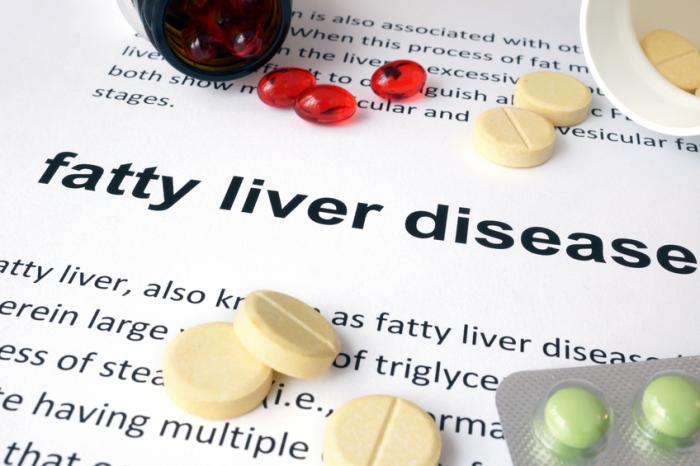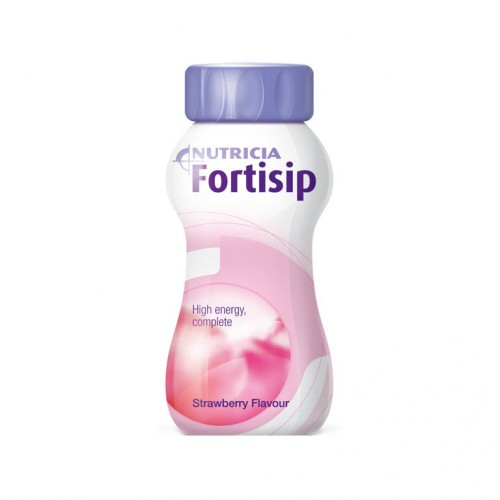
Liver Disease is the next big gold mine for the pharmaceutical industry. Billions are being spent on an elusive drug cure. But not one cent is being spent on the one thing we know will cure it – quitting sugar.
Liver diseases fall into two main groups, those caused by viruses (Hepatitis – currently afflicting about 518,000 Australians), and, accounting for the other 90 odd per cent of cases, those caused by ‘lifestyle’ (5.5 million people).
The lifestyle group is usually further divided into drinkers (who have the same symptoms but have a history of consuming more than 2 standard drinks per day for women or 3 for men) and everybody else. Alcoholic Fatty Liver Disease now affects 6,203 people but Non-Alcoholic Fatty Liver Disease (NAFLD) afflicts a massive 5,538,677 Australians. That’s a pretty big number for a disease was first identified just over 3 decades ago.
As the name suggests, NAFLD starts out as an accumulation of fat in the liver. It can then progress through various disease stages and ultimately end in cirrhosis requiring a liver transplant (if you’re lucky enough to find a donor). There is no other cure.
There are very few symptoms until the later disease stages, so most people are unaware that they have it all. There is also no way to diagnose it other than using a liver biopsy, an invasive procedure done under anaesthetic.
NAFLD is frequently described as the liver component of the metabolic syndrome (elevated blood fats, insulin resistance and obesity), because it’s rapid growth has paralleled the same runaway growth in each of the diseases which are a consequence of the syndrome. More than 90% of obese people and up to 70% of people with Type II Diabetes have NAFLD.
The number of people with NAFLD is accelerating at a tremendous rate. If you make it to the ripe old age of 50 you have a 2 in 5 chance of having the disease today in Australia.
Even worse, the age of onset is declining rapidly. A study published in 2013 revealed that the number of US teenagers with the disease more than doubled in the last 20 years and then affected almost 11% of US children aged 12-19. An ongoing Australian study estimates the rate is even higher in our kids (12.9%). This means the average high school classroom now contains four children suffering from chronic liver disease. Every classroom. Four kids.
It might have no symptoms, but NAFLD is not a harmless disease. It significantly increases the risk of developing cirrhosis (liver scarring and inflammation) and liver cancer. Liver cancer has more than tripled in Australia in the last three decades. It is almost always fatal within months of diagnosis.
Of course, none of this has escaped the notice of the drug companies. Explosive growth in a chronic disease means there is money to be made. Analysts are predicting that the global market for liver disease medication could be worth US$35 billion a year.
Drug companies have already spent billions on 25 experimental compounds. As yet, none have been proven to work, but the potential goldmine is so deep and so wide that they won’t be giving up anytime soon. Drugs that must be taken by healthy people for their whole lives are a gift the drug industry hasn’t seen since they convinced us to take statins.
Even though one of the liver’s functions is to make fat from any excess carbohydrates we consume, the fat is normally exported for storage in all the places that make our jeans too tight. NAFLD starts when the liver’s ability to export fat is overwhelmed. The excess fat remains in the liver and eventually progresses to significant liver scarring.
All but one carbohydrate triggers an insulin response which shuts down appetite and stops us eating too much (and therefore producing fat). The one carbohydrate which subverts this handy appetite control feature is fructose. Fructose also bypasses an important control step which directly stops too much fat being stored in the liver.
So of course, recent nutrition research has focused on whether fructose (and its primary modern delivery vehicle, sugar or sucrose) might be the source of the sudden explosion in NAFLD. As a result, over the last decade research that proves that sugar is the culprit has been pouring in.
Scientists have shown that you can give ducks and rats NAFLD using fructose. Those were followed by a series of human studies have also shown that the consumption of soft drinks is strongly associated with the onset of NAFLD). And in 2012 a pair of randomized human trials from Scandinavia advanced the case even further.
The first trial involved feeding four groups of people four different drinks (Coke, milk, Diet Coke and water). After 6 months of this, the Coke group had massively (140%) increased liver fat (as well as significantly increased blood pressure, cholesterol and blood triglycerides). The folks knocking back Diet Coke and water were pretty much the way they were at the start and the milk drinkers had even slightly improved their liver fat status.
A similar story unfolded in the second trial. Some very unfortunate volunteer humans were put on the path to NAFLD (27% increase in liver fat) in just three weeks by overfeeding them chocolates, pineapple juice, soft drinks and sports drinks. And to top it all off, in a study published this month, researchers found that fructose consumption in teens was independently associated with a 61% increase in the risk of developing serious liver damage.
The trials are done, the evidence is clear. Fructose consumption causes NAFLD in exactly the same way that alcohol causes Alcoholic Fatty Liver Disease. NAFLD’s alcoholic cousin can be usually be reversed by ensuring the patient avoids alcohol. And the science tells us avoidance of sugar would work just as well to turn around NAFLD and prevent its deadly cascades.
When the harm is significant, the cause is clear and the solution even clearer, we do not need to spend billions a year looking for new drugs. NAFLD currently has at least a quarter of the population, and 1 in 8 kids, on an expressway to a liver transplant (if the rest of the metabolic syndrome doesn’t get us first). Yet it can be easily and effectively reversed with a pathetically simple piece of advice – don’t eat sugar.
We are overflowing with national health agencies, specialist doctors and charities charged with keeping our liver well. But not one of them is telling us about the only proven cure. Those groups need to immediately start giving that advice unequivocally and fighting hard on the side of sugar abstinence. Given the incontrovertible state of the evidence, the current gormless hand-waving is nothing short of negligence.

















I have a fatty liver and I have been trying to cut out sugars/carbs so no more potatoes, pasta, fruit juice, biscuits/cake etc (did not really drink soft drink). Can I still eat a piece of fruit? How often if I can eat any fruit at all?
I have Hereditary Fructose Intolerance. I cannot have fructose, sucrose, and other sugars. I only get lactose in dairy products, but I take Lactaid. I had an ultrasound and was told I had Fatty Liver Disease. I have never had alcohol. I have no idea why I would have this. Do you? Thanks.
As I pursue this topic further for my personal use, I find more and more info as I dig deeper. I’ve been low carbing for 12 months because of NASH ? bridging cirrhosis. I have never eaten junk food or fizzy drinks (I’m 70) but have had ME/CFS for 35 years. Looking deeper into why I’ve stalled in fat loss on this low style. I discover low level endotoxaemia is probably the issue.
Some metabolic shift occurred after I’d had CFS for 13 years and I started to gain weight and show fat in my liver. This has gone on for 20 years despite a very healthy diet.
So glad that so much research and understanding is on the internet now and I’ve stopped blaming myself for putting on so much weight. You really have to dig deep sometimes to get your answers and I’m glad I’m still asking the questions instead of answers from people who know nothing e.g. medical fraternity
http://jeffreydachmd.com/2017/01/low-level-endotoxemia-lps-theory-of-coronary-artery-disease/
[…] David Gillespie skriver om det. […]
Latest study on this shows Fatty liver can be reversed in humans by simply cutting added sugar for 8 weeks. https://www.nytimes.com/2019/01/22/well/eat/to-fight-fatty-liver-avoid-sugary-foods-and-drinks.html